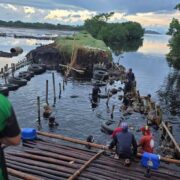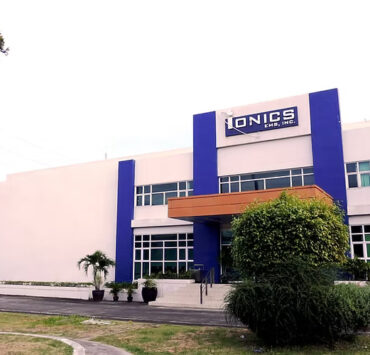AI is shaking up the hidden world of earthquake forecasting
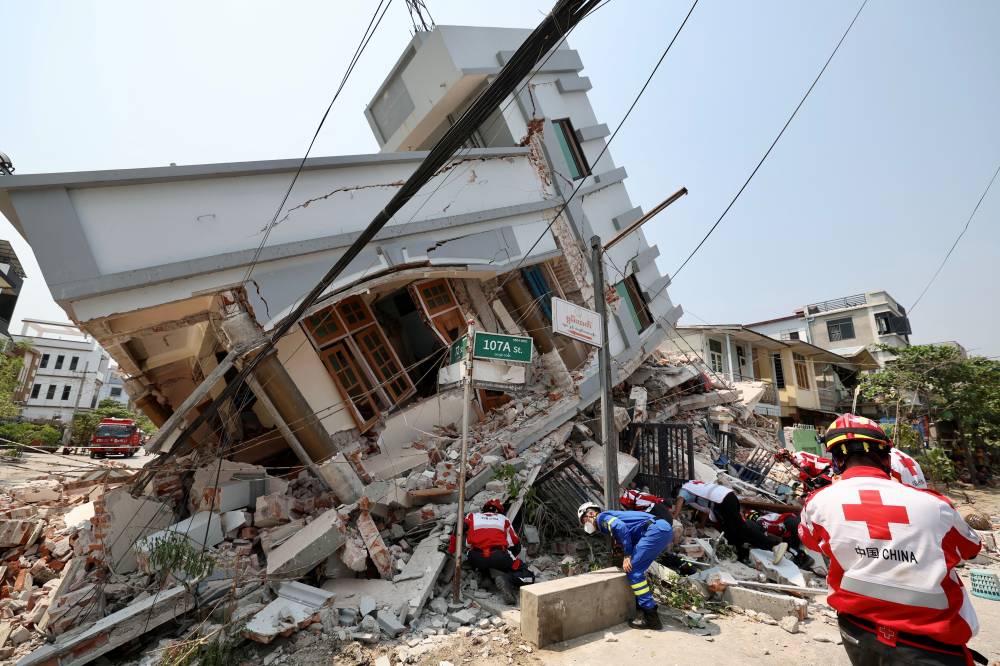
LONDON—When the Greek island of Santorini was rattled by a series of quakes this year, sending tourists and residents fleeing, seismologist Margarita Segou got to work with an algorithm called QuakeFlow to try to figure out what was happening.
The cloud-based system developed by Stanford University uses machine learning to detect and analyze earthquakes more accurately and efficiently than traditional methods, said Segou, who works for the British Geological Survey.
By leveraging artificial intelligence models and scalable cloud computing, QuakeFlow can quickly process vast amounts of seismic data, identifying the small tremors that can sometimes foreshadow a large earthquake that standard techniques often miss, she told the Thomson Reuters Foundation.
Using AI, she found 1,500 smaller quakes starting in December 2024 before a spike began on Jan. 26 and became a “full crisis” on Feb. 2.
“When looking at large events (in Santorini), researchers saw a repeating pattern—seismicity came in pulses, starting with a magnitude 4 quake, followed by a 5, followed again by a 4 until the system relaxed,” Segou said.
“We are filling in the gaps, seeing the connection between the magnitude 4s.”
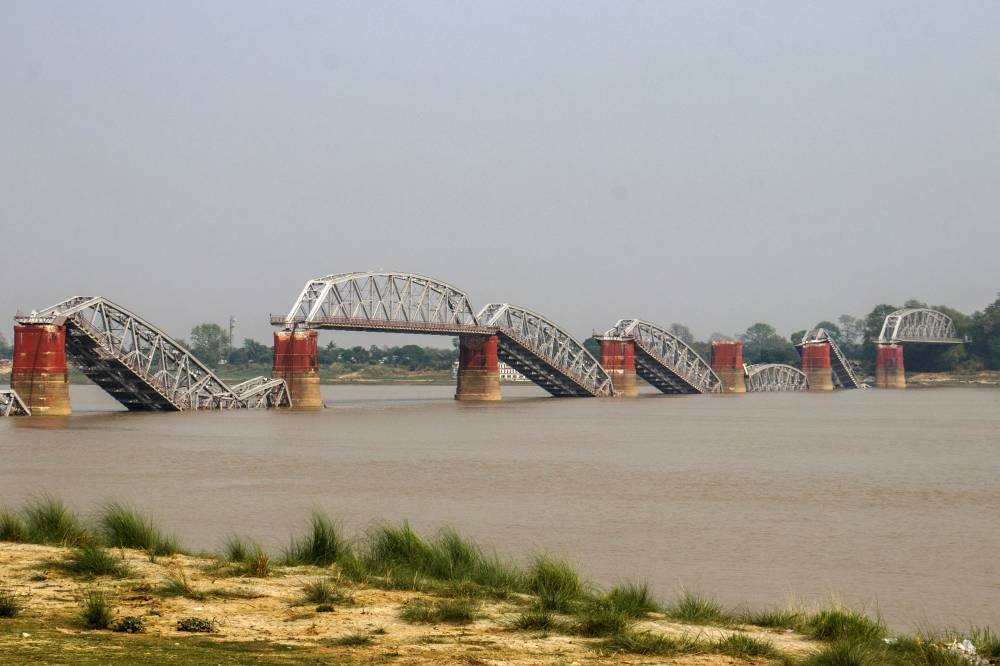
The devastating earthquake that struck Southeast Asia, centered in Myanmar, on Friday was a potent reminder of the challenge in predicting the time, location and intensity of earthquakes.
Advances have been made in forecasting storms or floods, with the help of AI.
Seismologists are also harnessing AI to discover more earthquakes that would otherwise have remained unrecorded using conventional methods—information that can be used to assess hazards and save lives.
“AI has revolutionized our ability to detect more and more small earthquakes that typically would fall below the signal to (background) noise level” and risk being lost, Christopher Johnson, a scientist at Los Alamos National Laboratory, told the Thomson Reuters Foundation.
“Even though we have sensors in certain areas … you could always bet that there were events that were missed.”
Earthquake speaks
Quakes are the result of a sudden release of stress in the earth’s crust, but the amount of stress might not directly correlate to the severity of the earthquake.
A diagnostic precursor, or an event that occurs before an earthquake, has not yet been found.
Instead, seismologists and residents alike rely on the experience of past earthquakes to forecast the likelihood that another may occur in a particular area.
“We have hazard estimates on the order of 30 years. So if you live next to a fault, you know there’s a chance of an earthquake in your lifetime,” Johnson said.
“If you have an earthquake anywhere, there is an increased probability of another earthquake occurring within that vicinity within a short amount of time that could rupture into something larger.”
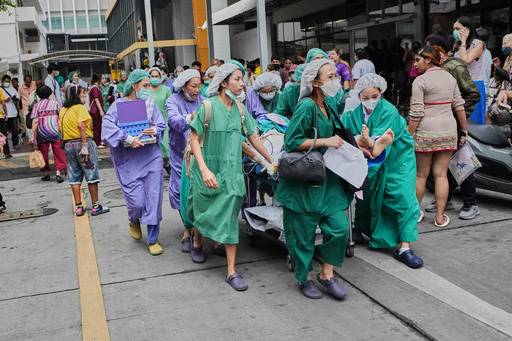
Johnson’s team in New Mexico is finding earthquakes by using Meta’s Wav2Vec-2.0, an AI model designed for speech recognition. By analyzing waveforms—patterns of sounds over time—the model outperformed traditional methods in tracking real-time fault shifts.
But predicting a specific earthquake, a holy grail of seismology, remains a challenge.
“You want to know when, where and how big,” Johnson said. “Trying to solve all of those at once is not where we are.”
This is a task made more urgent by climate change, which could be increasing the number of quakes around the world.
Rising sea levels exert additional pressure on tectonic faults, potentially advancing their seismic cycles, according to research from GFZ German Research Centre for Geosciences.
Digital divides
While AI can help seismologists, it still requires raw data from seismometers and other equipment, and not all countries are equipped to provide quality information.
Wealthier countries like the United States and China have better access than other earthquake-prone countries, such as the Philippines and Nepal, to resources needed to support the device networks that provide researchers with data, Johnson said.
This divide has resulted in some researchers using accelerometers, sensors that measure acceleration, deceleration and orientation in smartphones and tablets to detect when an earthquake is happening.
Google has included earthquake warnings in its Android smartphone operating system for users in California since 2020 and India since 2023. The technology is now used in its phones all over the world.
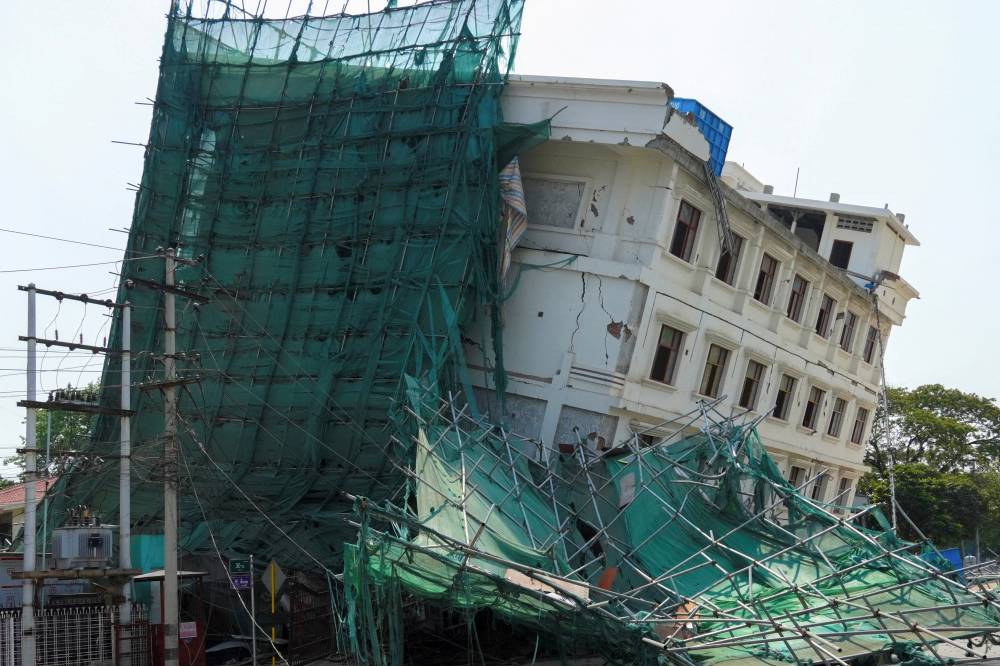
If many phones detect earthquake-like shaking around the same time, data is sent to Google’s server and alerts are sent out, reaching smartphone owners several seconds before an earthquake hits.
Tech can also help rescue efforts.
In India last year, researchers developed the Uttarakhand State Earthquake Early Warning System, which uses an app to spread warnings and location information to help rescue teams coordinate operations.
Early and accurate detection can reduce infrastructure damage and deaths, experts said.
“A second is an eternity in an earthquake,” Segou said. Early warnings can allow high-risk medical surgeries to be paused or high-speed trains slowed before the quake hits, she explained.
In the longer term, data gathered by machine learning could enable seismologists to advise governments on hazard assessment and safety measures.
“We shouldn’t always be in panic mode,” Segou said. She now sees an opportunity in which AI may help lessen some of devastation caused by quakes.
“We are living a revolution in understanding the Earth.”
Reuters, the news and media division of Thomson Reuters, is the world’s largest multimedia news provider, reaching billions of people worldwide every day. Reuters provides business, financial, national and international news to professionals via desktop terminals, the world's media organizations, industry events and directly to consumers.













